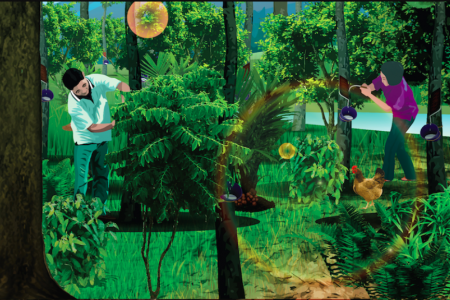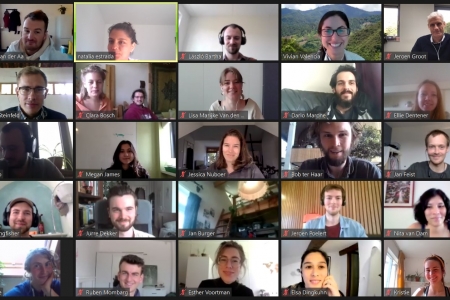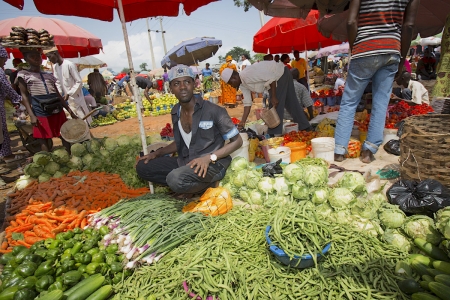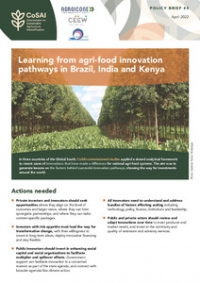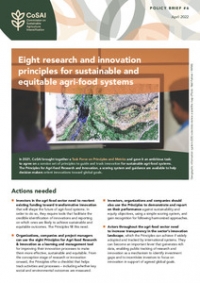In a world where the well-being of 3.2 billion people is undermined by the degradation of land and ecosystems according to United Nations' estimates, scientists have increased effort towards finding sustainable fixes.
The situation is most difficult in countries like Ethiopia, which is under immense pressure from a rapidly growing population, increasingly frequent droughts, widespread poverty and lack of alternative employment opportunities. All this is driving overexploitation of the country's natural resources.
There have been various efforts at implementing restoration plans but the challenge of predicting short- and long-term outcomes remains key, hence, the significance of a recent breakthrough by researchers from World Agroforestry (ICRAF) and development partner WeForest.
The researchers studied how to predict short- and long-term biophysical and livelihoods' outcomes for a forest landscape under restoration in Northern Ethiopia, where human wellbeing was integrated into the program.
'We applied a stochastic impact evaluation framework to simulate returns on investment in both the biophysical aspect – such as assisted natural regeneration, enrichment planting, soil and water conservation, and exclosure establishment – and the socio-economic – such as beekeeping, fruit trees, poultry, sheep rearing, and energy-efficient cookstoves – in a degraded dry Afromontane forest in northern Ethiopia,' said Yvonne Tamba, lead author of the study's report that was published in the Journal of Forest Policy and Economics and a decision analyst with ICRAF.
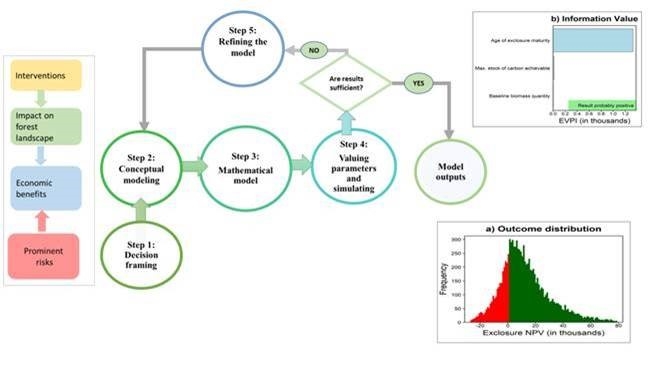
Their study sought to demonstrate the use of the framework, which uses various dimensions to predict the outcomes of forest and landscape restoration. The researchers argue that using the approach to quantify expected restoration outcomes, including costs and benefits, will help decision-makers and communities to make informed decisions about investing in restoration.
ICRAF land and health scientist, Ermias Aynekulu, a co-author of the study, said such evaluations should be embraced by future research and help in making vital restoration decisions.
'Holistic valuation of interventions is critical to evaluate forest restoration outcomes,' he said. 'Therefore, studies should consider combining interventions for portfolio analysis.
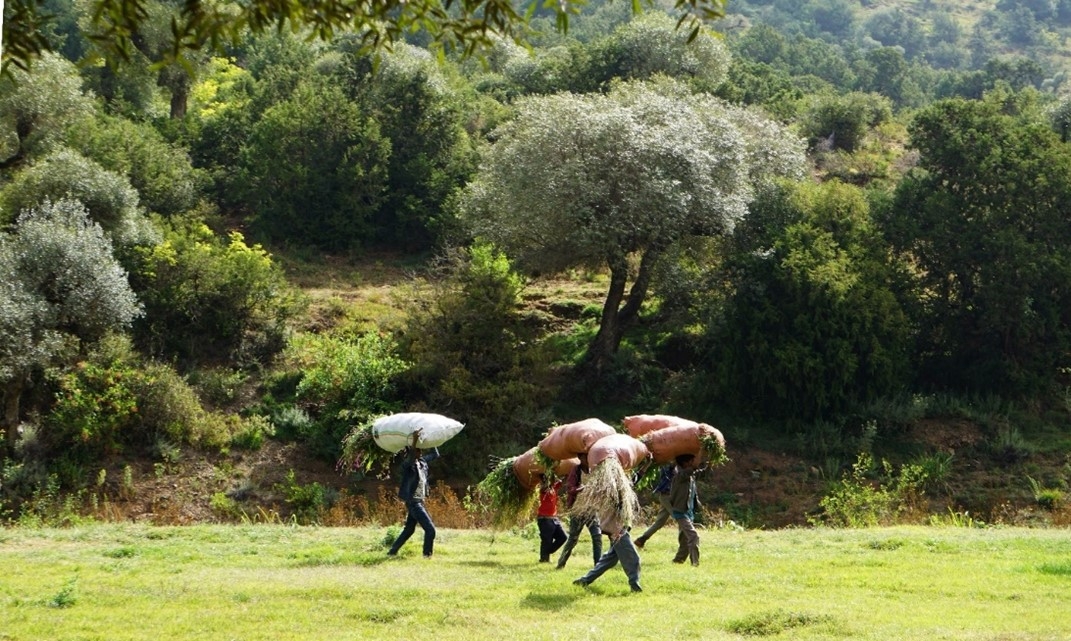
The simulations showed that interventions to improve human well-being – like investments in assisted natural regeneration, enrichment planting, grazing land exclosure and soil-water conservation structures – all have a greater than 77 percent chance of positive economic returns. However, the time required to achieve the outcome is the greatest threat to positive returns.
The study method was effective in providing forecasts of the distribution of outcomes and highlighting critical uncertainties where further measurements can help support decision-making. This approach can be useful for informing the management and planning of similar forest and landscape restoration interventions in other contexts.
Read the journal article
Tamba Y, Wafula J, Whitney C, Luedeiling E, Yigzaw N, Negussie A, Muchiri C, Gebru Y, Shepherd K, Aynekulu E. 2021. Stochastic simulation of restoration outcomes for a dry afromontane forest landscape in northern Ethiopia. Forest Policy and Economics125. https://doi.org/10.1016/j.forpol.2021.102403.
Originally published on the World Agroforestry blog.
---
Thrive blog is a space for independent thought and aims to stimulate discussion among sustainable agriculture researchers and the public. Blogs are facilitated by the CGIAR Research Program on Water, Land and Ecosystems (WLE) but reflect the opinions and information of the authors only and not necessarily those of WLE and its donors or partners.
WLE and partners are supported by CGIAR Trust Fund Contributors, including: ACIAR, DGIS, FCDO, SDC, Sida and others.



